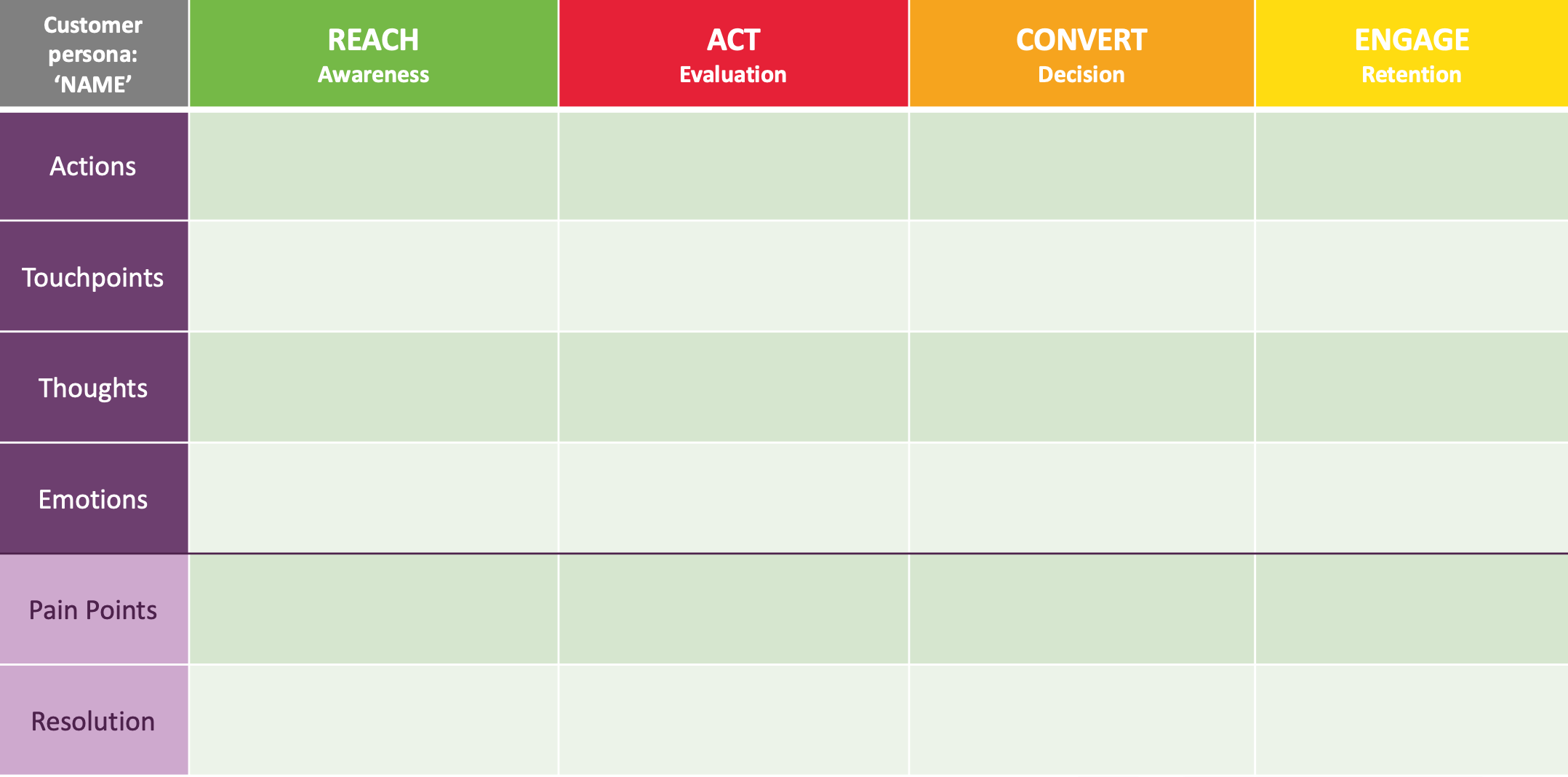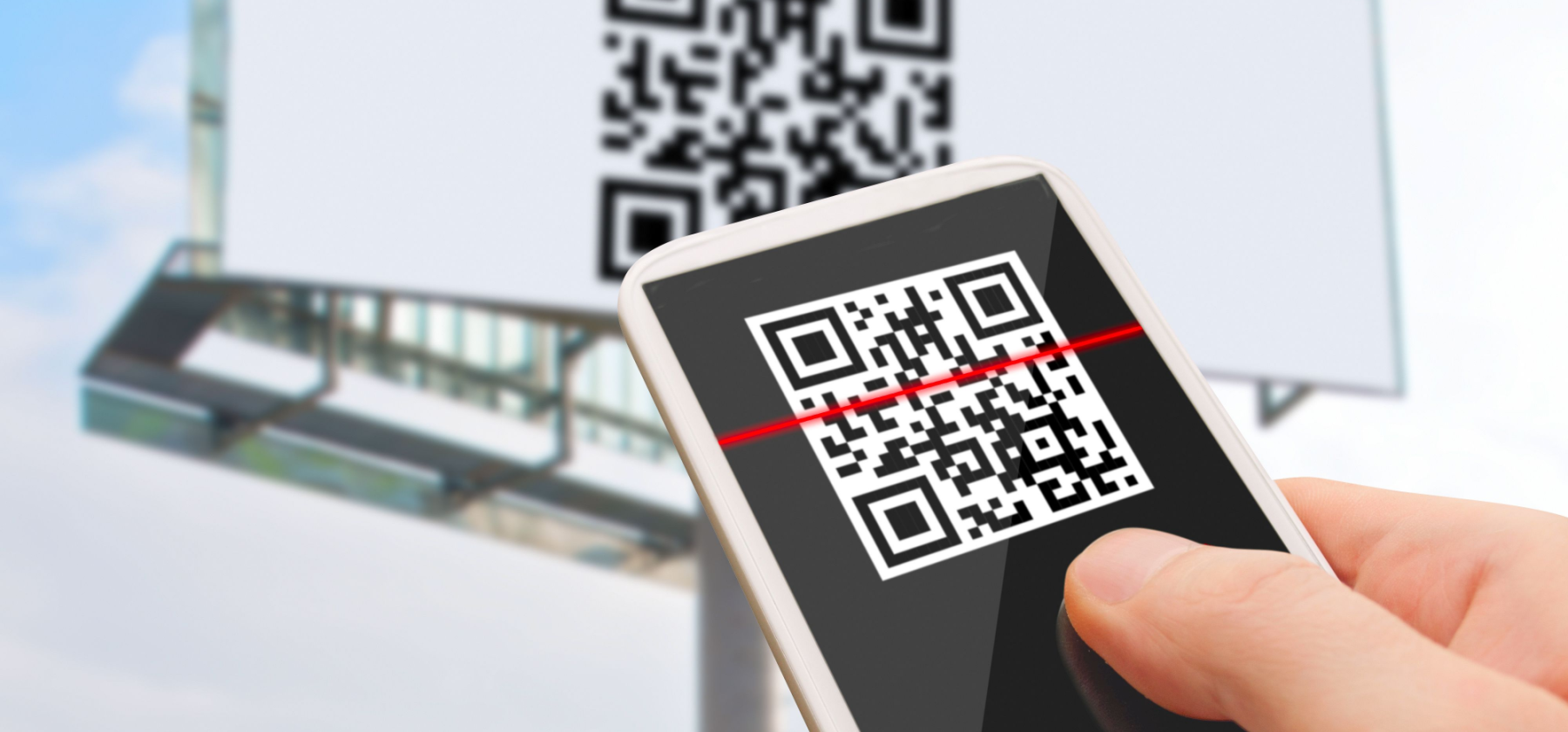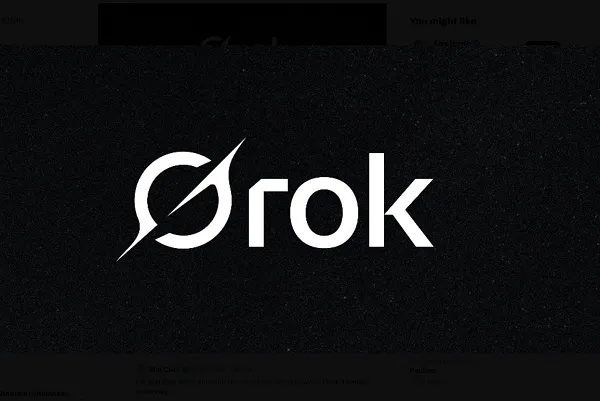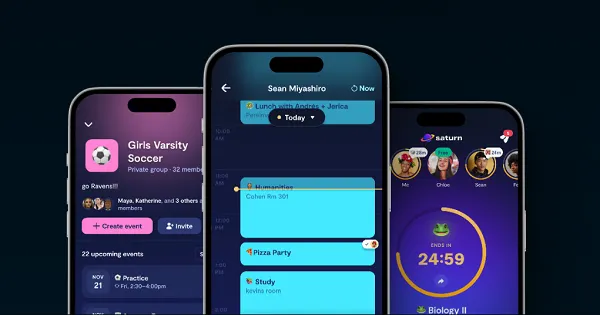Working inside out: An internal comms view on rebrands
When the outward face changes, internal communicators can steady the ship. When a company rebrands, it’s easy to consider the implications of what’s going on outwardly. There might be new names, logos, and colors for the marketing team to roll out ot to the wider world, but it’s important to consider the effects that a […] The post Working inside out: An internal comms view on rebrands appeared first on Ragan Communications.

When the outward face changes, internal communicators can steady the ship.
When a company rebrands, it’s easy to consider the implications of what’s going on outwardly. There might be new names, logos, and colors for the marketing team to roll out ot to the wider world, but it’s important to consider the effects that a rebrand has on existing employees. That’s where internal communicators come into play.
Rebrands are an opportunity for internal comms pros to show a continuation of workplace culture rather than a total reset of an established set of norms, said Johnna Muscente, vice president of communications and PR at Corcoran.
“Rebrands are about evolution, not erasure,” she said. “They should be exciting! But change can be stressful and it’s on internal comms to remind managers that while branding may shift, the company’s core values remain intact.”
Tips for a smooth internal rebrand comms
When you’re an established entity to your employees and the wider world, the approach to internal comms about a rebrand can seem a bit daunting. Luckily, there are successful examples to look to.
In 2024, commercial vehicle manufacturer Navistar rebranded to International. While the process of the rebrand was completed last year, the behind-the-scenes comms work was in motion years in advance.
“We probably started the comms work for the rebrand three years ahead of time,” said Bre Whalen McCloud, associate director of strategy communications at International.
The first thing Whalen McCloud and her comms team did was educate themselves on how to handle a rebrand as comms pros.
“Our entire team went through change management courses before the launch of the rebrand,” she said. “It’s important to be able to clearly articulate what’s in it for employees.”
The manager’s role in a rebrand
Managers are also a critical part of any internal comms process, especially a rebrand. Managers are the closest cultural and communications touchpoint for many employees, and internal communicators should lean into these relationships to communicate what the rebrand means for each team.
Muscente said that comms pros should look to managers as collaborators in the communications process, especially when it comes to getting the details out there.
“Managers are your strategic partners when a rebrand happens,” she said. “Be sure to provide them with a tailored roadmap that prioritizes the key messages for each phase, including what needs to be shared, when and why,” she said.
She added that internal comms should also act as a source of stability. Messaging to both management pros and the employee population should be laden with the core values of the company throughout.
“Change can be stressful,” Muscente said. “It’s on us as communicators to remind managers and employees that while branding may shift, the company’s core values remain intact.”
Muscente stated that if any new core values are introduced, comms pros should refer to them in a way that supports the existing organizational values. This familiarity can help with buy-in across the organization.
“Reiterate how the company’s values are being sharpened to better reflect the company and where it’s headed,” she said. “Reassurance comes from transparency and continuity.”
Bringing the process to life and keeping the momentum going
A major part of Whalen McCloud’s comms process focused on researching employee sentiment and reaction to the rebrand process. This helped inform how her team approached messaging and tone of internal rebrand comms as launch time approached.
“We did a ton of research with customers, our dealer network and our employee base to see what the Navistar name means and what the International name means and how people resonated with these things,” she said.
When launch day arrived, Whalen McCloud and the comms team organized a celebration and invited all of the employees at the company’s Illinois headquarters. The event included drone footage that showcased cinematic views of the company’s new signage and employee photo ops with vintage company trucks.
“We also live-streamed the event because we have a ton of other locations,” she said.
But internal comms pros can’t just drop the whole process once the rebrand process is complete. Muscente said that communicators should lean into their storytelling skills to mark moments both during the rebrand process and after it’s complete. Creating messaging that gives employees a sense of ownership in the rebrand can create positive sentiment around the changes.
“Sustaining momentum over the long arc of a rebrand means finding meaningful moments of engagement throughout the entire process,” she said. “Engagement grows when people feel like they’re part of the transformation, not just watching it happen.”
Whalen McCloud said that comms pros need to take care to ensure their work on the rebrand stays robust long after launch, likening it to raising a child by learning and adjusting.
“It’s kind of like having a baby,” she said. “You give birth, but then you have to raise it and make it a solid human being.”
Sean Devlin is an editor at Ragan Communications. In his spare time he enjoys Philly sports and hosting trivia.
The post Working inside out: An internal comms view on rebrands appeared first on Ragan Communications.




























![How To Drive More Conversions With Fewer Clicks [MozCon 2025 Speaker Series]](https://moz.com/images/blog/banners/Mozcon2025_SpeakerBlogHeader_1180x400_RebeccaJackson_London.png?auto=compress,format&fit=crop&dm=1750097440&s=282171eb79ac511caa72821d69580a6e#)

![Brand and SEO Sitting on a Tree: K-I-S-S-I-N-G [Mozcon 2025 Speaker Series]](https://moz.com/images/blog/banners/Mozcon2025_SpeakerBlogHeader_1180x400_LidiaInfante_London.png?auto=compress,format&fit=crop&dm=1749465874&s=56275e60eb1f4363767c42d318c4ef4a#)





















![The 11 Best Landing Page Builder Software Tools [2025]](https://www.growthmarketingpro.com/wp-content/uploads/2024/04/best-landing-page-software-hero-image-1024x618.png?#)







































![How to Create an SEO Forecast [Free Template Included] — Whiteboard Friday](https://moz.com/images/blog/banners/WBF-SEOForecasting-Blog_Header.png?auto=compress,format&fit=crop&dm=1694010279&s=318ed1d453ed4f230e8e4b50ecee5417#)
![How To Build AI Tools To Automate Your SEO Workflows [MozCon 2025 Speaker Series]](https://moz.com/images/blog/banners/Mozcon2025_SpeakerBlogHeader_1180x400_Andrew_London-1.png?auto=compress,format&fit=crop&dm=1749642474&s=7897686f91f4e22a1f5191ea07414026#)















![AI marketing campaigns only a bot could launch & which tools pitch the best ones [product test]](https://www.hubspot.com/hubfs/ai-marketing-campaigns.webp)








![Brand pitch guide for creators [deck and email templates]](https://blog.hootsuite.com/wp-content/uploads/2022/06/brand-pitch-template.png)

















![Is ChatGPT Catching Google on Search Activity? [Infographic]](https://imgproxy.divecdn.com/RMnjJQs1A7VQFmqv9plBlcUp_5Xhm4P_hzsniPsfHiU/g:ce/rs:fit:770:435/Z3M6Ly9kaXZlc2l0ZS1zdG9yYWdlL2RpdmVpbWFnZS9kYWlseV9zZWFyY2hlc19pbmZvZ3JhcGhpYzIucG5n.webp)








